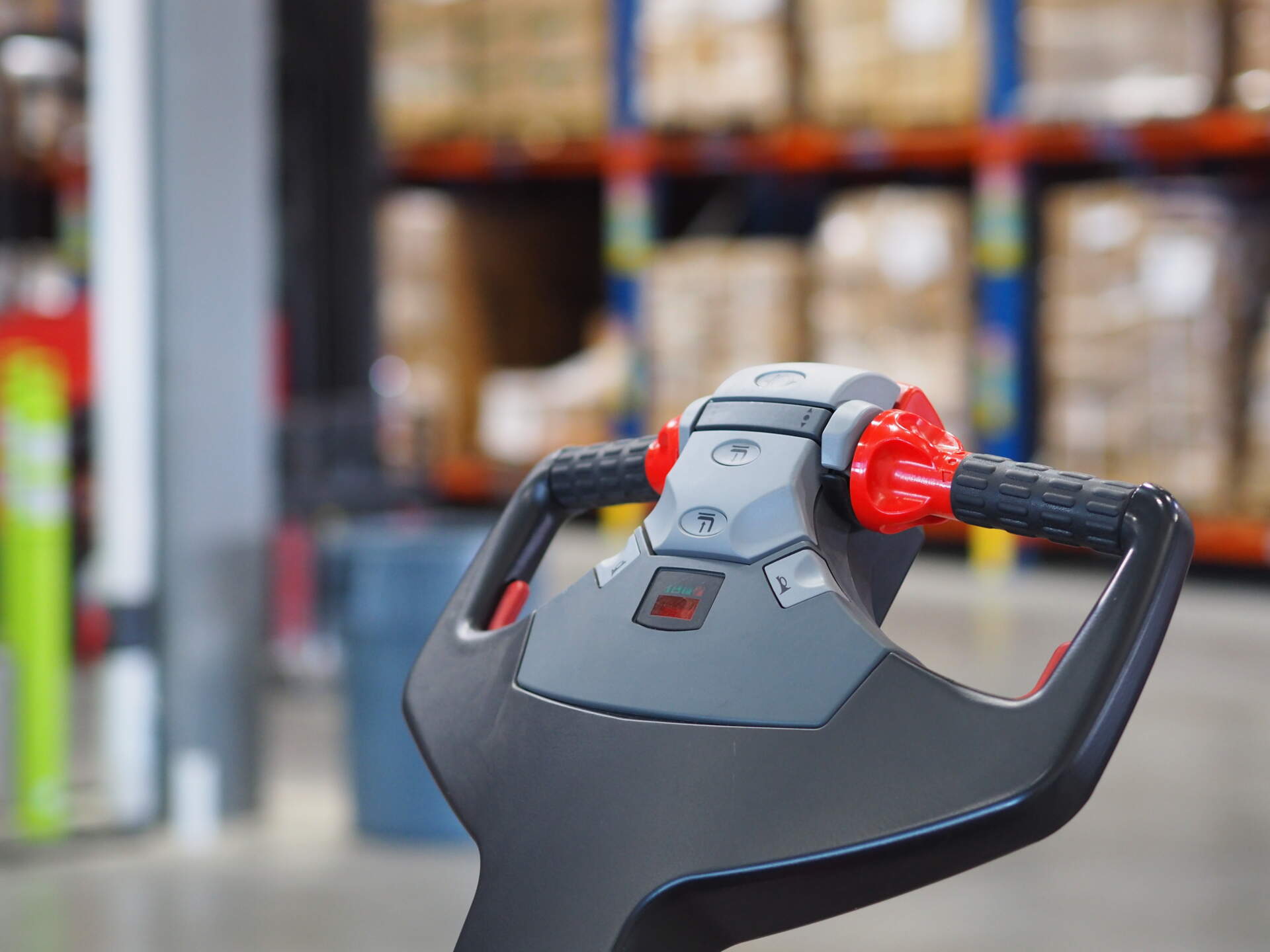
Questions about logistics and warehousing? Our professional team is here to help.
What Is Logistics and Warehousing, and Why Does It Matter?
In today’s fast-paced global economy, logistics and warehousing are fundamental to business success. Efficient logistics ensure that goods move seamlessly through the supply chain, while strategic warehousing optimizes storage, inventory management, and distribution. Effective supply chain management relies on robust warehouse logistics and efficient warehouse management to keep operations running smoothly.
Without a strong logistics framework, businesses risk delays, mismanaged inventory, and higher operational costs. Whether handling freight logistics, reverse logistics, or cross docking, companies must leverage best practices in logistics management to remain competitive.
Key Benefits of Logistics and Warehousing
- Enhanced efficiency: Reducing bottlenecks in transportation and storage.
- Cost savings: Lowering operational expenses through optimized routing and inventory management.
- Customer satisfaction: Ensuring timely and accurate deliveries.
- Scalability: Supporting business growth with a flexible supply chain management infrastructure.
- Risk management: Mitigating disruptions with contingency planning and strategic partnerships.
Warehousing and Warehouse Logistics: Optimizing Storage and Distribution
Warehousing plays a crucial role in supply chain operations, serving as a hub for receiving, storing, and distributing goods. A well-managed warehouse ensures that products are stored efficiently, tracked accurately, and dispatched on time, ultimately enhancing overall logistics management.
Key Aspects of Warehouse Logistics
- Inventory Management: Efficient tracking of stock levels using warehouse management systems (WMS) to prevent overstocking or shortages.
- Space Utilization: Optimizing warehouse layout to improve storage density and streamline picking processes.
- Order Fulfillment: Ensuring accurate and timely picking, packing, and shipping of products to meet customer demands.
- Technology Integration: Implementing automation tools such as robotics, barcode scanning, and AI-powered inventory forecasting.
- Safety and Compliance: Adhering to industry standards and safety regulations to minimize risks and ensure smooth operations.
- Sustainability Measures: Reducing carbon footprints with energy-efficient lighting, eco-friendly packaging, and waste reduction strategies.
How Warehouse Management Enhances Supply Chain Efficiency
Efficient warehouse management supports streamlined logistics by improving inventory control and minimizing handling times. Companies can reduce costs and enhance productivity by implementing:
- Real-time Inventory Tracking: Utilizing RFID and IoT-enabled sensors for accurate stock visibility.
- Automated Picking Systems: Deploying conveyor belts, robotic pickers, and voice-guided picking technologies.
- Cross Docking Strategies: Reducing storage requirements by transferring goods directly from inbound to outbound shipments.
- Data-Driven Decision Making: Leveraging analytics to optimize stock levels, labor allocation, and warehouse layout.
- Integration with Transportation Management Systems (TMS): Ensuring seamless coordination between warehousing and logistics for efficient deliveries.
As supply chains become more complex, investing in advanced warehouse logistics solutions ensures businesses can keep up with market demands while maintaining cost efficiency.
The Role of a Carrier in Logistics
A carrier in logistics is responsible for the physical transportation of goods from one location to another. Choosing the right carrier affects cost, delivery speed, and overall efficiency. Reliable carriers are essential for efficient warehousing and logistics operations.
Key Considerations When Choosing a Carrier
- Reliability: Ensure the carrier meets deadlines and offers proof of delivery.
- Network Coverage: A broad network reduces transit times and improves supply chain resilience.
- Technology Integration: Carriers should offer EDI monitoring for real-time shipment tracking.
- Freight Type Handling: Specialized carriers may be needed for temperature-sensitive, oversized, or hazardous goods.
- Regulatory Compliance: Ensure the carrier meets industry standards and legal requirements.
- Cost Efficiency: Balance service quality and affordability when selecting a carrier.
How to Select the Right Carrier
Selecting the right carrier involves assessing service quality, pricing, and scalability. Businesses should:
- Compare carriers based on freight logistics expertise.
- Consider multi-modal transport options for cost efficiency.
- Evaluate performance metrics such as on-time delivery rates.
- Assess customer reviews and testimonials for reliability insights.
- Ensure the carrier has contingency plans for unexpected delays.
- Choose a carrier that aligns with sustainable supply chain initiatives.
How Cross Docking Enhances Supply Chain Efficiency
Cross docking is a logistics strategy that eliminates the need for long-term storage by transferring goods directly from incoming to outgoing shipments.
Advantages of Cross Docking
- Reduces storage costs: Eliminates the need for warehousing.
- Speeds up order fulfillment: Ensures quicker delivery to customers.
- Minimizes inventory holding times: Reduces capital tied up in stored goods.
- Improves supply chain fluidity: Enhances efficiency in high-demand scenarios.
- Reduces Handling Costs: Limits unnecessary touchpoints within the supply chain.
When Should Businesses Use Cross Docking?
- High-volume, fast-moving goods.
- Just-in-time (JIT) inventory models.
- Seasonal or perishable products.
- Retail operations with frequent, high-turnover inventory.
- E-commerce businesses that require rapid shipping turnaround.
- Businesses aiming to improve overall warehouse logistics by reducing storage time.
By integrating cross docking, businesses streamline warehousing and logistics operations and improve cost efficiency.
Why EDI Monitoring Is Essential for Modern Logistics
Electronic Data Interchange (EDI) monitoring enables seamless communication between supply chain partners. By automating document exchanges, businesses benefit from:
Benefits of EDI Monitoring
- Real-time updates: Track shipments and inventory levels.
- Error reduction: Minimize manual data entry mistakes.
- Faster processing: Accelerate order fulfillment and invoicing.
- Improved compliance: Standardized data exchanges reduce regulatory risks.
- Enhanced data security: Protects sensitive shipping and transaction data.
- Improved Coordination with Warehouse Management: Ensures seamless data flow between inventory control and shipping operations.
For warehouse logistics and logistics management, EDI monitoring enhances accuracy and transparency across the supply chain.
Conclusion: How Canadian Alliance Terminals Can Support Your Logistics Needs
Optimizing warehousing and logistics requires expertise, technology, and a strategic approach. Whether you need efficient cross docking, EDI monitoring, or robust freight logistics solutions, the right partner makes all the difference.
Canadian Alliance Terminals offers tailored logistics management solutions to help businesses improve warehouse logistics efficiency. Contact us today to discuss how we can support your supply chain management and freight logistics needs.
